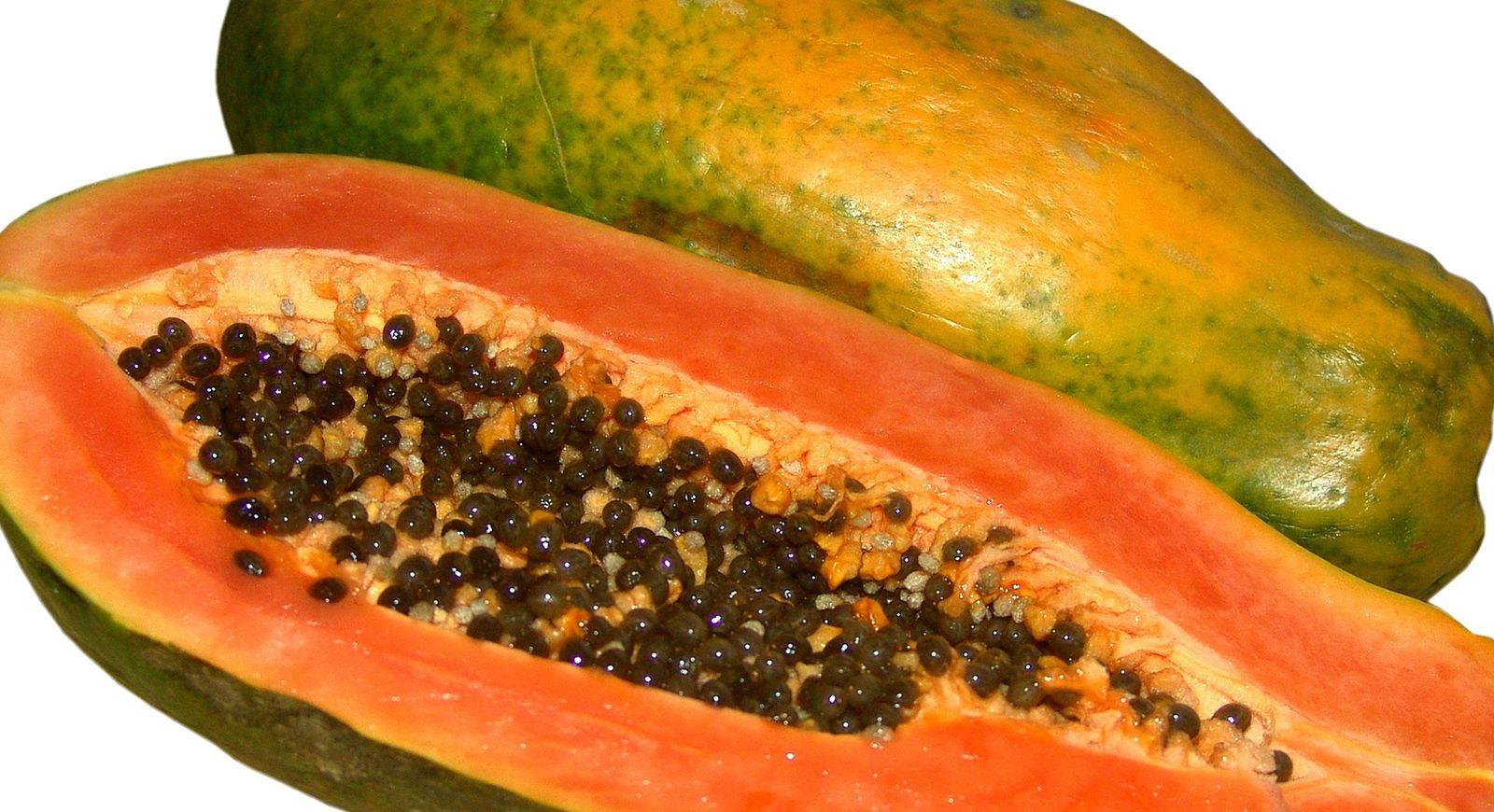Title: Papaya: The Tropical Marvel Fruit
Papaya, scientifically identified as Carica papaya, represents a tropical fruit that encapsulates the spirit of the tropics through its vibrant orange flesh, sweet taste, and exceptional nutritional composition. Originating from the Americas, papaya has traversed the globe, pleasing palates and establishing itself as an emblem of exotic delight. In this essay, we will delve into the origins, cultural significance, health advantages, agricultural influence, and diverse culinary applications of papaya, commemorating its exceptional standing in the realm of tropical fruits.
The cultivation history of papaya stretches back more than 4,000 years to the tropical regions of southern Mexico and Central America, where the fruit served as a dietary staple for indigenous Mayan and Aztec civilizations. The name "papaya" is believed to have its roots in the Carib language and was introduced to the wider world by early explorers and traders.
Culturally, papaya has played a prominent role in various societies and traditions. In regions blessed with papaya's abundance, this fruit is celebrated for its delectable flavor, vivid hue, and myriad culinary applications. It frequently features in local cuisines, while papaya trees adorn gardens and orchards.
Papayas also hold cultural and symbolic significance in certain countries. In India, papayas are linked to religious and ceremonial events, often serving as offerings during rituals. In some African nations, papaya leaves find application in traditional medicine due to their potential health benefits.
From a nutritional perspective, papayas present a treasure trove of health benefits. They are a nutrient-rich fruit, teeming with vitamins, minerals, antioxidants, and dietary fiber. Papayas stand out as an excellent source of vitamin C, offering well beyond the recommended daily intake in a single serving. Vitamin C is essential for bolstering the immune system, promoting collagen formation, and maintaining overall health.
Papayas are also a rich source of vitamin A, mainly in the form of beta-carotene, crucial for vision, skin health, and immune function. In addition to these vitamins, papayas contain vitamin E, vitamin K, and a spectrum of B vitamins, enhancing their overall nutritional value.
Papayas are distinguished by their inherent sweetness, containing natural sugars like fructose and glucose that provide a delightful tropical and satisfying taste. This natural sweetness renders papayas a delightful way to indulge a sweet tooth without the need for added sugars or artificial flavors.
Papaya's culinary adaptability is another hallmark of its charm. It can be savored in numerous ways, from consuming it fresh to incorporating it into a wide array of dishes and beverages. Fresh papaya slices are commonly added to fruit salads, introducing bursts of color and flavor.
Papayas lend themselves to smoothies, where their natural sweetness and vivid orange hue shine. Papaya smoothies are frequently combined with other tropical fruits like mango, pineapple, and coconut milk, creating a refreshing and nutritious drink that encapsulates the essence of the tropics.
One of the most iconic applications of papayas is in fruit salads. Papaya boats, often filled with a mixture of fresh fruits, yogurt, and honey, offer a visually appealing and delectable method to relish a tropical fruit medley.
Moreover, papayas are a favored choice for crafting desserts. Papaya sorbets and ice creams showcase the fruit's sweet and creamy texture, occasionally elevated with hints of lime or mint for added flavor. Papaya puddings and parfaits, layered with yogurt and granola, yield delightful and wholesome desserts.
Furthermore, papayas seamlessly integrate into savory dishes, particularly when paired with seafood in recipes like ceviche and salsa. Papaya salsas, typically comprising a blend of papaya, tomatoes, onions, cilantro, and lime juice, deliver a sweet and tangy topping for grilled fish or chicken.
From an agricultural perspective, papaya cultivation has expanded on a global scale, with countries like Brazil, India, Indonesia, and Mexico emerging as key producers. Papaya trees thrive in tropical and subtropical climates, demanding well-drained soil and proper care to ensure fruit quality. Sustainable farming practices, encompassing organic cultivation and integrated pest management, strive to minimize the environmental footprint of papaya production while nurturing soil health and biodiversity.
In conclusion, papaya, with its rich history, cultural significance, nutritional merits, agricultural influence, and diverse culinary applications, stands as the tropical wonder fruit that continues to enchant our senses and epitomize the essence of tropical delights. Its vibrant orange flesh, sweet taste, and exceptional nutritional richness make it an emblem of both indulgence and well-being. Whether relished fresh as a tropical delicacy or imaginatively integrated into culinary creations, papaya remains a cherished and iconic fruit, beckoning us to savor the pleasures of tropical sweetness and exotic flavors from across the globe.


